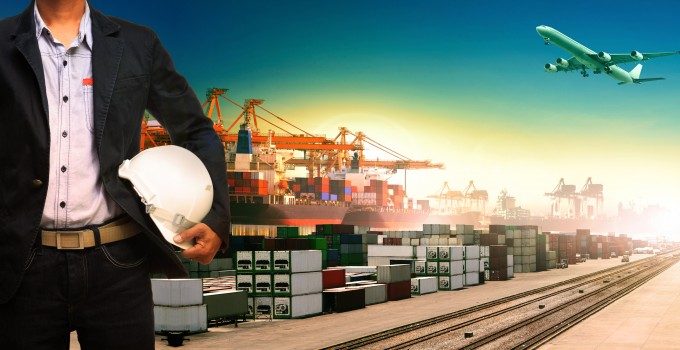Hapag chief bullish on demand growth, 'thanks to higher schedule reliability'
Hapag Lloyd expects its above-average Q1 market growth to sustain in Q2, CEO Rolf Habben ...

The short-term health of the containership market rests with the liner companies which stayed on the sidelines of the 2014-15 orderbook binge. These lines must decide between surrendering significant market share, placing their own orders and whether to revise current alliance structures.
In our (MSI’s) first-quarter ...
Four crew members still missing as Wan Hai 503 continues to burn
Explosions and 'out-of-control' fire reported on Wan Hai box ship
Predatory rivals circle as the ripples from DSV's Schenker buy widen
MSC Elsa crew face criminal probe, as Wan Hai 503 firefighters battle on
'It's driving us mad', say forwarders as US court fails to end tariff turmoil
Transpacific rates ease as capacity boost proves too much for trades to digest
European port congestion easing – for now
CMA CGM 'testing the water' of the Suez Canal for more services
Latest Israeli attack on Iran a threat to box ships in Straits of Hormuz
Flexport: Sanne Manders talks profitability, fire-sales and Dave Clark
More legal trouble in India for MSC: feeder vessel detained after box ship disasters
DSV insiders hit back at Kuehne & DHL GF – got a 'pro integration' going
MSC to hold 15% global container terminal market share after Hutch buy
EXCLUSIVE: Schenker top exec departs 'One DSV' – fishing continues (Part 1)
DHL makes €500m bid to increase its presence in 'fast-growing Gulf markets'
EXCLUSIVE: The good old DSV, 'Winning as One' – all Schenker top dogs out (Part 2)

Comment on this article
Reed Waid
December 29, 2015 at 1:37 amThe alternative of liner companies pursuing individual orders for whole strings of larger vessels (as OOCL did this year)?
MOL ordered same amount of tonnage in the same year (also in the G6 alliance) so couldnt this support the articles same theory of facilitating joint orders? If that is what MOL and OOCL did.
John Roberts
January 05, 2016 at 4:47 pmThis is a really interesting situation for the lines to be in. Those with the bigger ships should normally benefit from economies of scale – assuming there is enough volume to fill vessels. However, nothing really points to there being any increases in volume this coming year and the rate situation in 2016 looks like being a repeat of 2015 so this could end up being a bigger problem for those with the biggest vessels.
I wonder whether container shipping can continue as it is doing. Does it really make sense for the large vessels to call at several ports on a voyage of nearly a month, dropping containers off along the way and picking up new cargo. Maybe the future is large vessels going non-stop between major base ports then cargo being shipped by feeders to ports nearby, like a hub and spoke operation. This would improve transit times whilst allowing for slower steaming to a certain extent plus other efficiencies as ships wouldn’t spend so long in ports and would cover less distance. A typical voyage to Europe for example involves the main vessel spending about a week going to various European ports which aren’t actually too far away from each other and, depending on the loop, thousands of containers actually sail past where they need to be, only to be dropped off there later. In this current climate, does it really make sense to be moving thousands of tonnes of cargo further than it needs to go. And wouldn’t it be nice to see some innovation in the shipping industry like quicker transit times but not a premium.